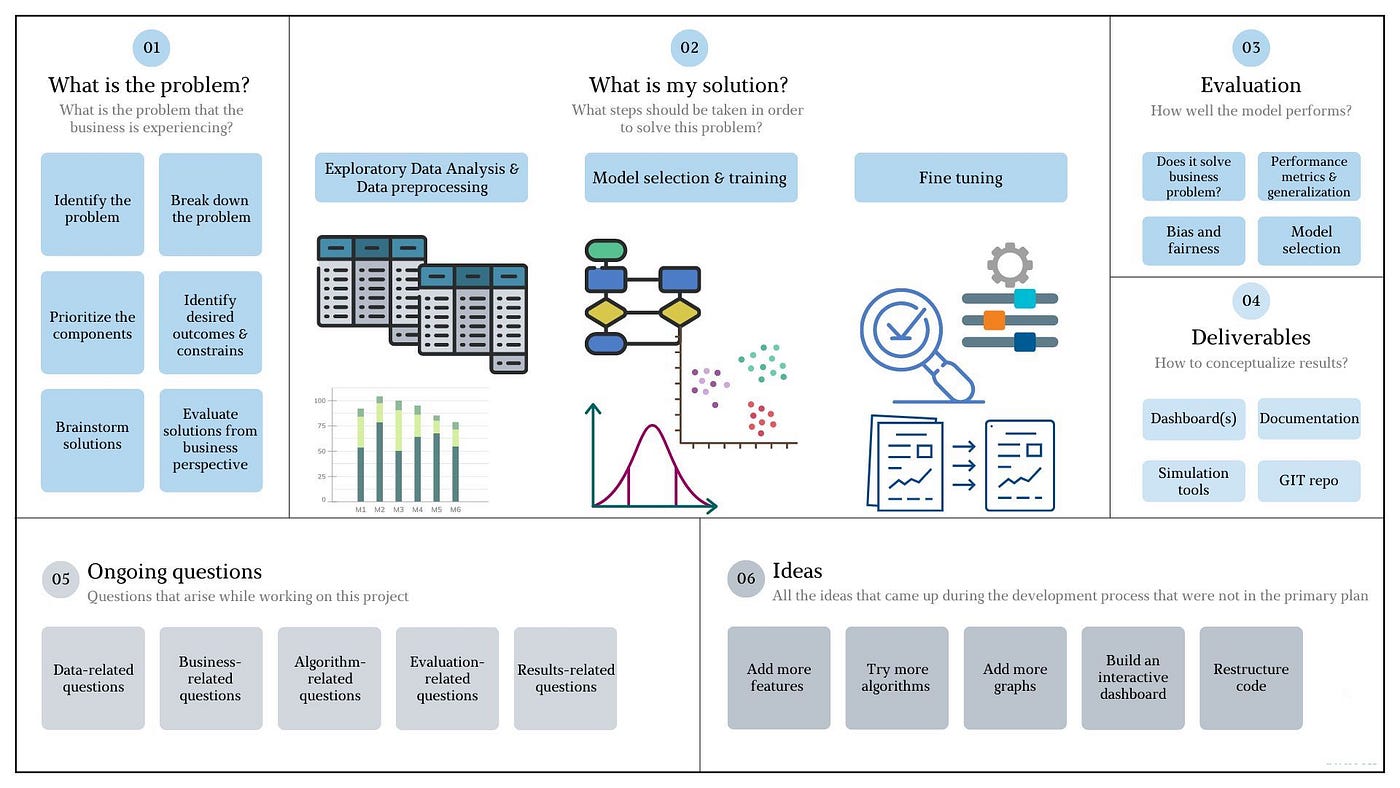Summary: Machine learning( ML), a subset of artificial intelligence( AI) and computer science, aims to enable AI systems to learn from data and algorithms, perfecting accuracy over time.This article explores the intricate details of machine learning development, the vital part of AI and machine learning services, the development of machine learning, and the integration of AI in learning and development.
Machine learning development, a vital aspect of artificial intelligence, involves creating algorithms and statistical models that enable computers to perform tasks autonomously.
Machine learning development is applied across various industries, powering recommendation machines in-commerce and supporting navigation in self- driving automobiles like Tesla’s. In healthcare, it enhances diagnostics and treatment planning. Moreover, ML is used in fraud discovery, spam filtering, trouble identification, predictive conservation, and business process automation.
Development of Machine Learning:
The development of machine learning has been a trail of innovation that entails progressive advancements. The progress in this field can be attributed to several key factors:
Increase in Computational Power: The increase of computational speed especially with the use of GPUs has allowed more intricate algorithms for trend prediction to be implemented. This has greatly heightened the speed with which machine learning development and research is carried out.
Availability of Big Data: With the help of such systems as social media, IoT devices, and enterprise systems, there is a lot of data that has been used to train ML models. The higher the number of data sets the better the models are able to improve and give a correct prognosis.
Advancements in Algorithms: Over the years there have been improvements in the machine learning algorithms with the improvement being worked on aspects such as accuracy and efficiency. Infrastructures like deep learning, reinforcement learning, and neural networks have helped develop the constructs of what machine learning is capable of.
Open Source Ecosystem: One major factor has been that many frameworks and tools used in machine learning are available in the open source. Frameworks such as TensorFlow, PyTorch, and scikit-learn have fostered global communities of researchers and developers to improve and build with one another’s progress.
Another significant advancement in machine learning development is the distinction of deep learning as one of the sub-fields of machine learning that incorporates neural networks with multiple layers called depth.
How AI and Machine Learning Services Work?
AI and machine learning services are recognized as significant components of the ultramodern technology structure. From these services, the frameworks required for the evolution of advanced AI solutions, which incorporate the advantages of data and mechanization into business are made available.
To be specific, the grand view research report on the Global Artificial Intelligence Request Size revealed that the value was approximately $62. 35 billion in the year 2020, its value is expected to reach the future years at a composite periodic growth rate [CAGR] of 40. 2. In the case of the 2021-2028 period, the analysis indicates the value.
AI and machine learning services offer a range of capabilities:
1. Data Analysis and Interpretation- These services can analyze vast quantities of data quickly and directly, uncovering patterns and perceptivity that would be unsolvable for humans to catch manually.
2. Predictive Analytics- By using historical data, AI and machine learning can make predictions about future trends, enabling businesses to make informed opinions and proactively address implicit issues.
3. Natural Language Processing( NLP)- NLP allows machines to understand and
interpret natural language, smoothing further natural relations between humans and machines.
Additionally, functional testing plays a crucial role in validating AI-driven applications, ensuring that machine learning models and automated processes perform as expected in real-world scenarios. This testing approach helps detect inconsistencies in AI-based decision-making systems, improving their reliability and efficiency.
Another turning point in machine learning came with the Deep learning which is a subfield of machine learning development that uses neural networks that are many layers deep. The most successful applications of DL include object and speech recognition, NLP, and game AI.
How AI is Transforming Education and Training?
AI in L&D is revolutionary when it is incorporated correctly. When it comes to training and development of employees along with the practice of knowledge sharing, AI based solutions have created a new way for organizational practice.
Here are some ways AI is impacting L&D:
Personalized Learning: The application of AI in training can determine specific learning patterns, popular methods and achievements of employees and create specific training programs that are preferred by the employee. This approach creates more interest and productivity in learning as learners will receive the appropriate material without disturbance.
Adaptive Learning: One concept in adaptive learning systems is the learning assets’ ability to change the difficulty and type of content with the learner’s performance. It helps to avoid situations where an employee is either too relaxed and does not find challenging content in articles or where he/she is too stressed because the content of articles is too difficult.
Virtual Mentors and Chatbots: Through AI powered virtual mentor and chatbot; learners are free to seek instant support and assistance. Such systems can explain answers to questions, give feedback and resources to learners, thus enhancing learning.
Content Creation and Curation: AI can help in the production of learning resources and the management of existing ones through analysis of learning content and development of new content. It also helps to determine current relevance of some of the training programs that are being offered.
A practical sample of AI in learning and development is the usage of AI- driven learning operating systems( LMS) that offer features similar as expressed learning paths, real- time analytics, and automated executive tasks.
Future Trend in the Field of Artificial Intelligence and Learning
Integration of AI with arising technologies will probably revise how we approach both particular and professional growth, making learning more accessible, effective, and aligned with evolving industry demands.
Conclusion:
Machine learning development is one of the critical subfields of AI since it helps invent new solutions across sectors, based on training computers to work independently using algorithms and statistical models. With the existing growth of the market, AI application in learning and development emphasizes the competency of AI in providing innovative and self-adapting training.



































